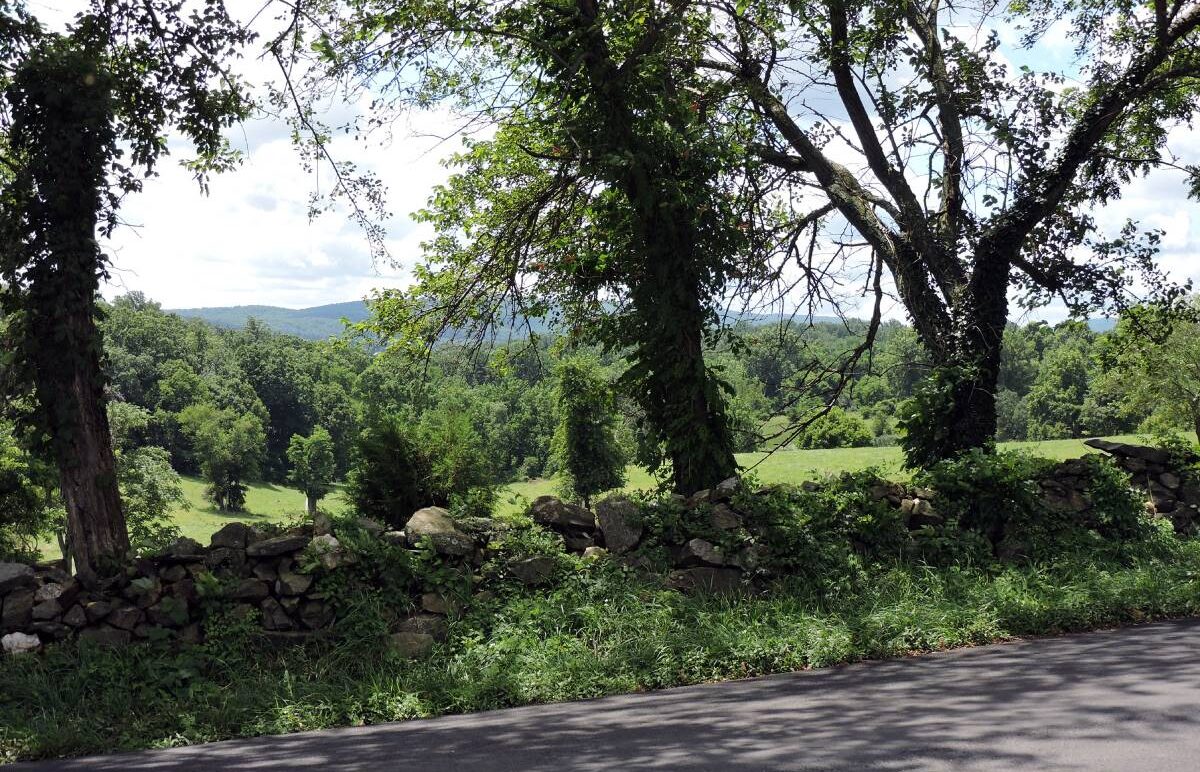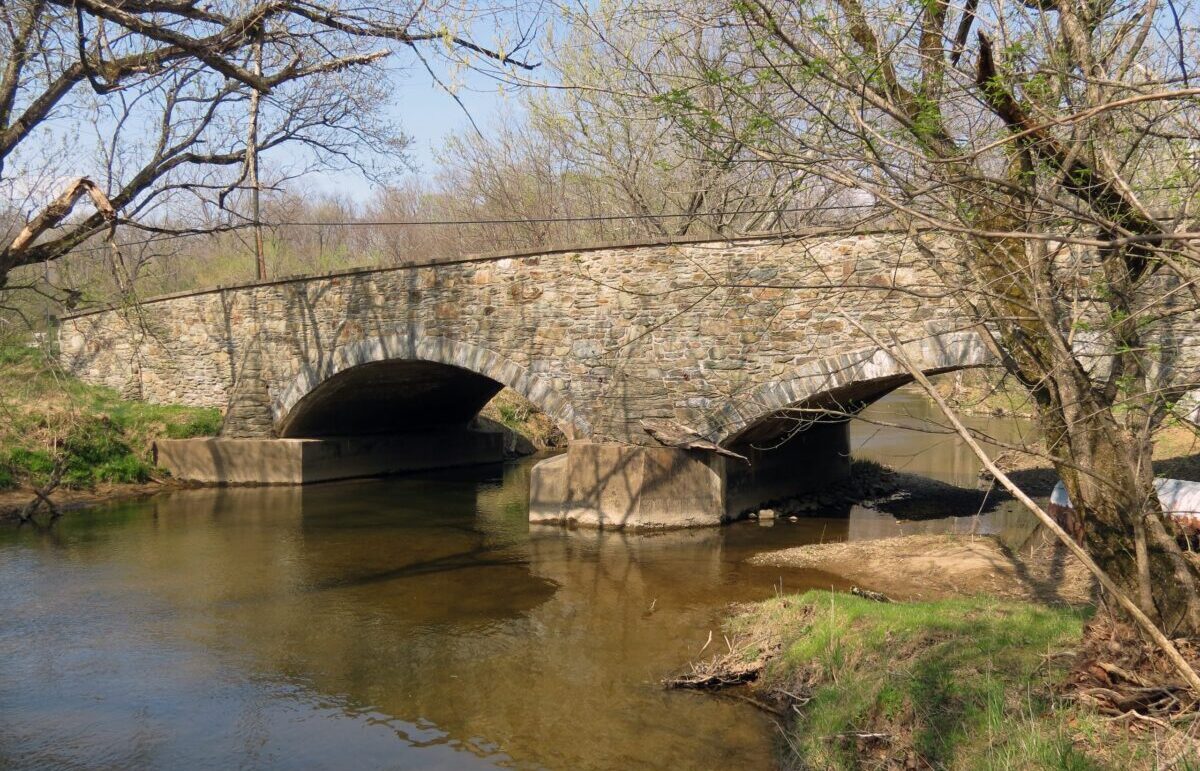Preserving a Historic Road
When a historic roadway and bridge in a rapidly developing region of northern Virginia was under threat, citizens sprang into action to preserve this piece of the past while meeting the community’s growing transportation needs.
About the Snickersville Turnpike
The Snickersville Turnpike, Route 734 in Loudoun County, Virginia is one of three area turnpikes built in the early 1800s. The road follows a Native American hunting path, which later evolved into a colonial trading route. The turnpike itself was chartered in 1810 and completed in 1829. The historic features of the road include the site of a Civil War skirmish and monument, stone walls, and a bridge dating from the 1840s.

Citizens Take Action
Citizens were concerned that the Virginia Department of Transportation’s (VDOT) plans for the road– which included widening and straightening a portion of it– could threaten its historic character. A group of activists banded together to form the Snickersville Turnpike Association (STA) to protect the historical integrity and scenic beauty of the Snickersville Turnpike.
The association rallied the community, and as a result, people packed public meetings to voice their concerns. The STA initiated letter-writing campaigns and hosted a public rally along the route. To raise awareness, STA set up booths at fairs in the surrounding areas where they documented public opposition to VDOT plans with signed petitions and even found support from visitors to the area. STA also conducted its own road survey and traffic count to counter those of VDOT. These efforts yielded a very positive outcome: VDOT repaved the section of road but did so without destroying trees or stone walls. While the citizens did have to concede to some elements of the road design they found inappropriate, the final road design was a better fit with the character of Snickersville Turnpike.
Throughout this process, the STA successfully galvanized support from many residents of Loudoun County, local media, and the surrounding communities. The association was a visible and vocal presence at public hearings, convincing the local government to hire a consultant to draft alternatives for appropriate road and bridge improvements. To increase awareness and build support for road preservation, the STA hosted multiple rallies complete with street theater incorporating Civil War reenactments and with local officials in attendance. To put more pressure on state DOT officials, the STA used its grassroots and outreach strength to spearhead letter-writing and e-mail campaigns to the Secretary of Transportation and to the Governor of Virginia.

Another Development Threat
Shortly after the roadway expansion issue was resolved, VDOT proposed to replace one of the road’s most iconic features, the 21-foot historic Hibbs Bridge with a wider, 28-foot, two-lane bridge. The association again took action to fight to save the historic structure– the third-oldest bridge in Loudoun County, Virginia. After several years of negotiation, the bridge was restored true to its original design in 2007. The bridge was added to the National Register of Historic Places in 2011.
Outcomes and Updates
The STA continues to work to protect the character of the road and prevent the removal of beautiful roadside trees, the destruction of old stone walls, and any widening or realignment, while still protecting the quality and safety of the road. In 2022, the entire stretch of the road was selected for inclusion on the National Register of Historic Places.